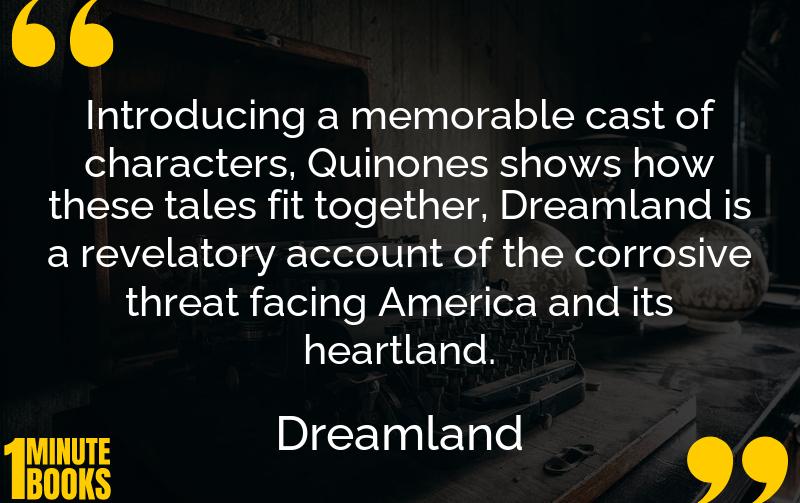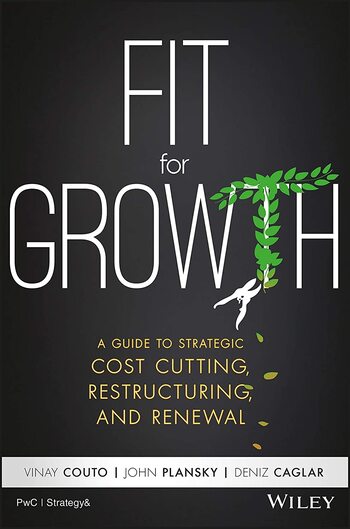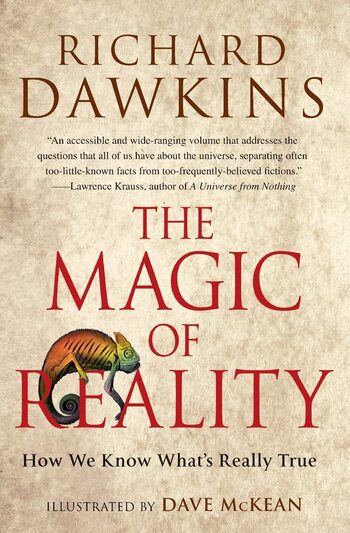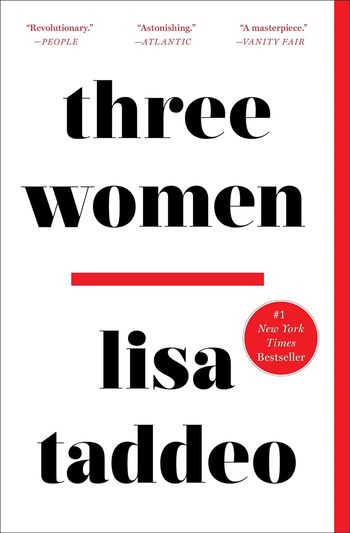
Dreamland unravels the rise of the opioid crisis in America, illustrating the overpowering effects of painkillers and heroin on communities. Through extensive narratives, Quinones explores capitalism’s role in this health disaster.
Main Lessons
- The opioid crisis was fueled by deceptive pharmaceutical marketing, leading to reckless painkiller prescriptions.
- Black tar heroin’s spread was driven by an innovative and pervasive distribution network originating from Mexico.
- Small towns and suburbs, previously untouched by heavy drug issues, have been severely impacted by addiction.
- Personal tragedies underline the widespread destruction caused by addiction, offering emotional depth to the narrative.
- Law enforcement’s struggle to adapt to new drug dealing tactics exacerbated the crisis.
- The role of capitalism and profit-driven motives in pharmaceutical and drug trafficking industries significantly contributed to the epidemic.
- Quinones contrasts the rise of addictive painkillers with the surge of heroin to paint a comprehensive picture of the crisis.
- Societal and systemic failures allowed for the unchecked growth of drug addiction in America.
- The book provides a blend of narrative and factual analysis, making the topic accessible while informing on complex socio-political issues.
- Dreamland emphasizes the importance of understanding the past to address current and future impacts of addiction.








